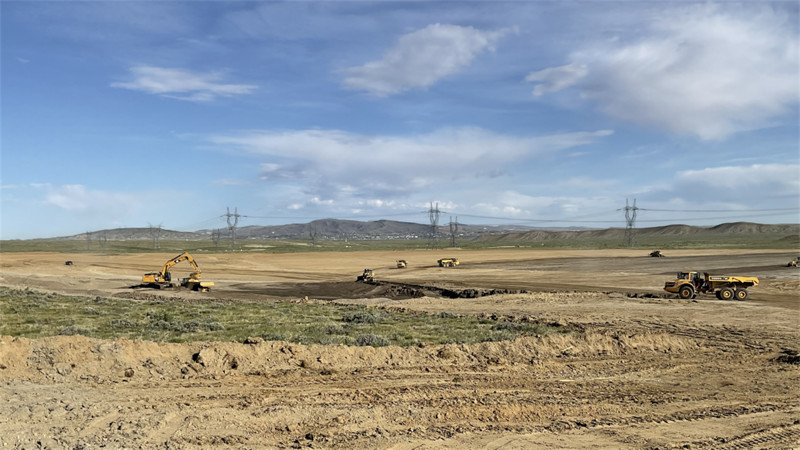Project purpose
The TransWest Express Transmission Project will provide the transmission infrastructure and transmission capacity necessary to reliably and cost-effectively deliver approximately 20,000 GWh/yr of electric energy generated in Wyoming to the Desert Southwest region, which for the purposes of the project is Arizona, Nevada and southern California.
Ultimately, the TWE Project will:
- Broaden consumers' access to abundant and reliable domestic energy sources.
- Help meet increasing customer demand with improved electrical system reliability.
- Provide system flexibility and increased access to the grid for third-party transmission users.
- Expand regional economic development through increased employment and enlargement of the property tax base. (TransWest will pay property taxes in every county the transmission line crosses.)
- Maintain the standard of living associated with highly reliable electricity service
For purposes of electric supply reliability, the TWE Project will be built in accordance with standards developed and enforced by the North American Electrical Reliability Corporation and the Western Electricity Coordinating Council.

Stay informed
![]() Join TransWest's email list to receive periodic updates and meeting notifications.
Join TransWest's email list to receive periodic updates and meeting notifications.
 Follow us on X/Twitter.
Follow us on X/Twitter.
In the news
"We need to get aggressive on building the electron superhighway. If we are not able to move forward with availability of transmission, we can study the potential of solar and wind and geothermal until the cows come home and it's not going to get done."
- Interior Secretary Ken Salazar, March 2009, in response to questions at a hearing before the Senate Committee on Energy and Natural Resources